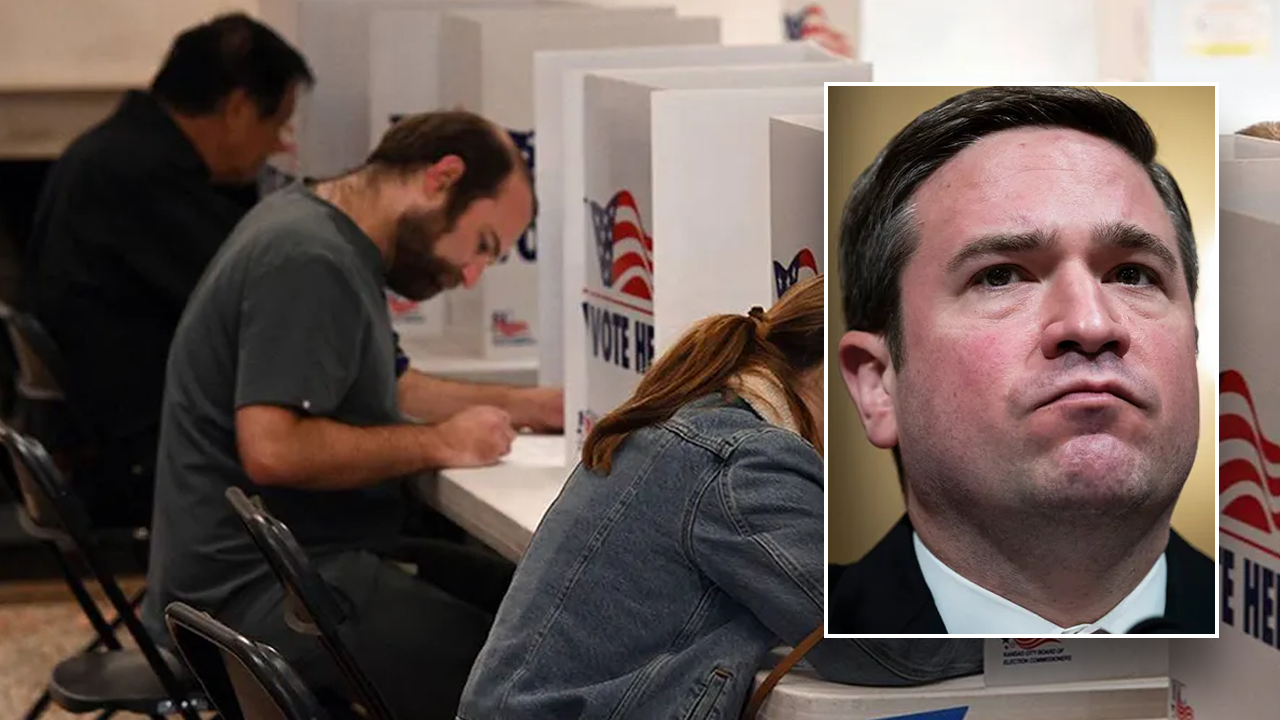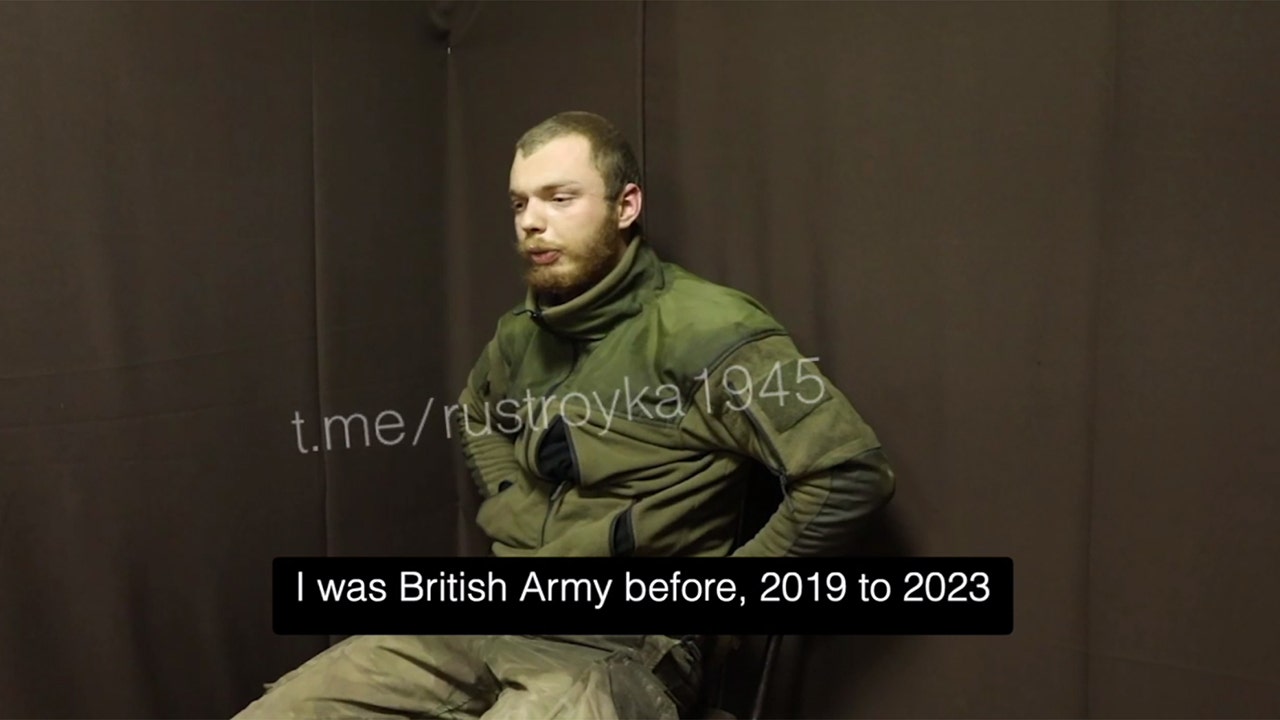During the first year of Russia’s war in Ukraine, the Biden administration constantly feared that if Kiev retaliated within Russia’s borders, President Vladimir V. Putin would retaliate not only against Ukraine but potentially against NATO and the West as well.
But those fears have subsided. As Ukraine’s counteroffensive draws ever closer, Russia has unleashed a series of bold attacks, from a swarm of drone strikes in Moscow to the shelling of towns in Ukraine’s bordering Belgorod region and an incursion into the country with the US manufactured armored vehicles, the Biden administration received the diplomatic equivalent of a shrug.
“It’s not like we’re going out and investigating,” John F. Kirby, a spokesman for the National Security Council, said last week, referring to whether Ukraine or Ukraine-backed groups were behind the attacks in stuck in Moscow. On Monday, militants attacked at least ten villages in the Belgorod region with heavy shelling, the governor said.
Behind closed doors, senior administrators seemed even less concerned. “Look, it’s a war,” a senior Pentagon official said last Thursday. “That happens in a war.”
American officials regard the cross-border attacks as preparatory operations for Ukraine’s possible counter-offensive, a sign that it will have several phases. They say the operations are a major test of Russia’s defenses and a muscle flex in the run-up to a major military push.
That’s a far cry from the administration’s actions last year, when American officials, citing fears of escalation, went to great lengths to ensure they didn’t give Ukraine weapons that could hit Russia’s interior. “We do not encourage or enable Ukraine to strike beyond its borders,” President Biden said last May a guest article in the New York Times, just two months after he thwarted a European proposal to send MIG-29 fighter jets to Ukraine. “We will not send missile systems to Ukraine that hit Russia.”
Twelve months later, Mr. Biden has agreed to send Ukraine F-16s, an equally deadly fighter jet.
So what happened?
Since the early days of the invasion, Russia’s battered military has shown its inability to make meaningful gains against Ukraine, and any major conflict would risk drawing the United States and NATO even deeper into the war pull in. And fears that Russia could use a tactical nuclear weapon appear to have receded somewhat, although officials warn that could change if Mr Putin feels cornered.
“I think the administration really understood that not only is Russia the strategic loser, but they will most likely also be the military loser,” said Evelyn Farkas, the top Pentagon official for Russia and Ukraine during the Obama administration and the executive director of the McCain Institute.
dr Farkas said fears of an escalation remain, but that “while real, they are not as frightening as the somewhat dominant position of Russia.”
American military officials say the reality of warfare is that there is no point in constantly playing defense and fighting an enemy alone on your own territory without endangering the enemy’s own home.
“When you’re in a war, you can’t just sit back and let the enemy take the initiative,” said Frederick B. Hodges, a retired lieutenant general and former commanding general of US Army forces in Europe. “Under the UN Charter, every nation has the right to defend itself, so this makes a lot of sense for Ukraine from both a legal and military point of view.”
Officially, Biden administration officials continue to say they do not want Ukraine to use US-supplied weapons to carry out attacks inside Russia, whether by Ukrainian troops or paramilitary groups.
“We do not encourage, we do not enable, and we do not support strikes or attacks within Russia,” Kirby said at the White House on Monday. “Our aim is to support them in their self-defence, in defending their territory, their sovereignty.”
US officials say that while the threat of a nuclear escalation has not gone away, Ukraine’s cross-border operations are not the kind of action likely to provoke the use of a nuclear bomb. American intelligence officials believe that Russia would only deploy a tactical nuclear device if Putin’s hold on power was threatened, its military in Ukraine began to collapse entirely, or it faced the loss of Crimea, which Russian forces captured in 2014.
However, concerns remain that a miscalculation or blunder by pro-Ukrainian operations could turn a token attack inside Russia into something more damaging, something the Kremlin would feel it needed to respond to more strongly, or fueling tensions and disagreements among officials European allies who oppose it According to US officials, this does not represent any effort by Ukraine to escalate the war.
US officials are now also saying that Ukrainian attacks in Russia are unlikely to trigger a Russian attack on a NATO country or facility. Mr Putin wants to make sure the war doesn’t spread to other countries, which could lead to even greater US involvement or prompt the Biden government to send weapons to the Ukrainians, which they have been holding for fear they will use them. has been reluctant to deploy inside Russia, officials said.
Of course, Mr. Biden started it anyway, starting with supplying M1 Abrams tanks to the F-16 tanks for Ukraine.
Several current and former senior US, European and Ukrainian officials said recent cross-border incursions into Russia by pro-Ukrainian forces and drone strikes around Moscow marked the beginning of Kiev’s long-planned counteroffensive.
These preliminary attacks — dubbed “shaping operations” by military analysts — are designed to thwart Moscow’s battle plans, withdraw Russian troops from main battlefields and undermine Russian citizens’ confidence in the country’s armed forces, officials said in interviews. They spoke on condition of anonymity to discuss the planned offensive.
The attacks have escalated in recent weeks after attacks in Crimea and other parts of occupied Ukraine against Russian railways, supply lines, fuel depots and ammunition dumps.
Michael Kofman, director of Russian studies at CNA, a research institute in Arlington, Virginia, said the cross-border operations had two main goals. “The first is to take the war to Russia and show that it is not invulnerable,” he said. “The second is to get the Russian armed forces to take seriously the issue of defending their border and get them to commit resources and potentially withdraw troops from elsewhere.”
Mr. Kofman added: “These types of operations are inexpensive relative to their strategic impact and are effectively reinforced by Ukrainian intelligence operations.”
One of the last things Putin wants is to worry the Russian public that war may be on his doorstep, two officials said.
But the Biden administration is walking a fine line. While urging Ukraine not to use US-supplied weapons to attack Russia on its own soil, officials say it is up to Ukrainian President Volodymyr Zelenskyy and his military commanders to decide how to use this equipment.
“We don’t tell them where to strike. We don’t tell them where not to strike,” Mr Kirby told reporters last week. “We don’t tell them how to conduct their operations. We give them equipment. We give them training. We give them advice and action. We even do tabletop exercises with them to help them plan what they’re going to do.”
Britain, another key Ukraine ally, went even further.
Her Secretary of State James Cleverly said last week that Ukraine “has the right to use force beyond its borders” to undermine Russian attacks, and that military targets outside a country’s borders are “internationally recognized as legitimate as part of a country’s self-defense.” be”. .” Mr Cleverly said he had no details on the drone strikes and was speaking more generally.
Military analysts downplayed the possibility that the increasingly brazen and frequent attacks inside Russia could exacerbate the Kremlin’s response.
Fears of escalation over the past year have been “much, much exaggerated” by the government, General Hodges said, particularly fears that Russia would retaliate against the West or NATO. However, he noted that Russia had retaliated against the Ukrainians.
“As time passed and Russia continued to kill innocent Ukrainians with precision weapons against residential buildings, our constant hesitance on the matter made us seem naïve,” General Hodges said.
US officials say Russia has responded to the cross-border attacks with some force, for now, but has not escalated the war or initiated any new response to the operations.
US officials believe Russia will not escalate as long as Ukrainian attacks remain largely symbolic and do not destroy critical infrastructure or targets of national importance.
The only target the Ukrainians hit last year was of national importance and part of critical infrastructure: the bridge across the Kerch Strait connecting Crimea to the mainland. Russia responded to this attack with a campaign against the Ukrainian power grid, which marked a notable escalation of the war.
But aside from the bridge, the attacks, which the United States believes were carried out by Ukraine or Ukraine-allied groups in Russian border towns, or targeted Russian government supporters, had more symbolic implications than direct implications for the war.





